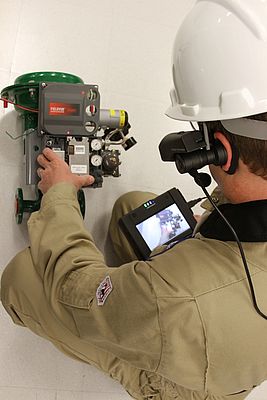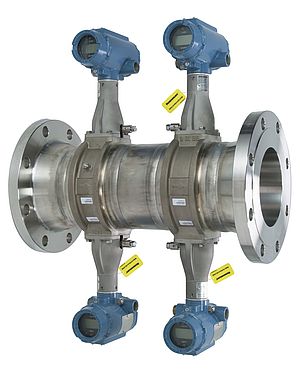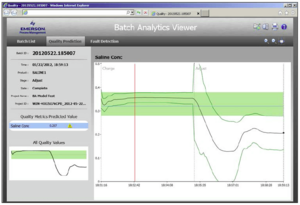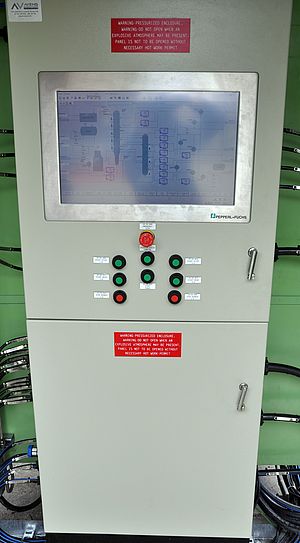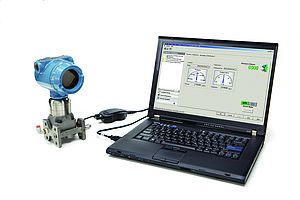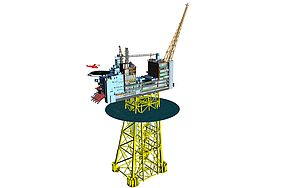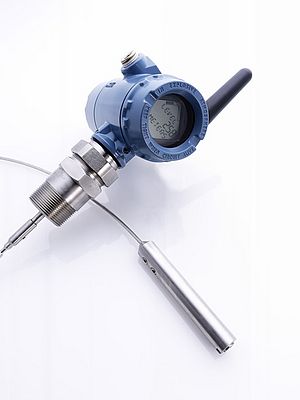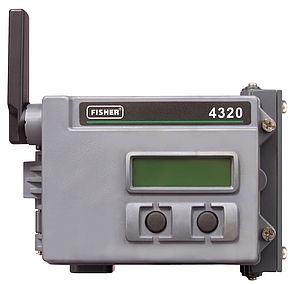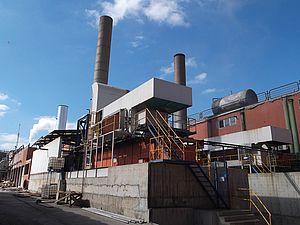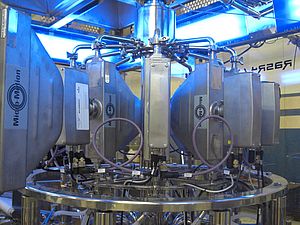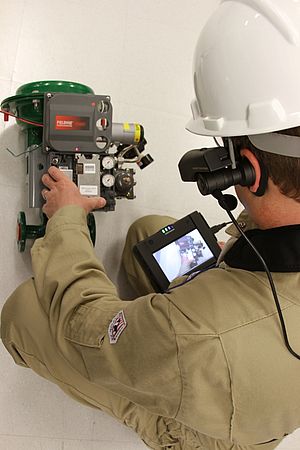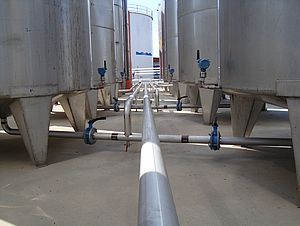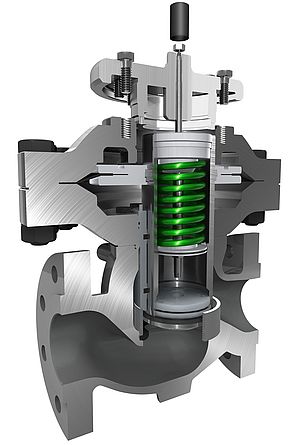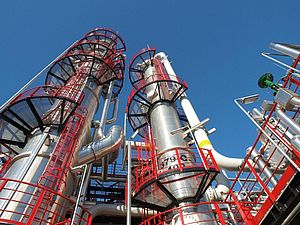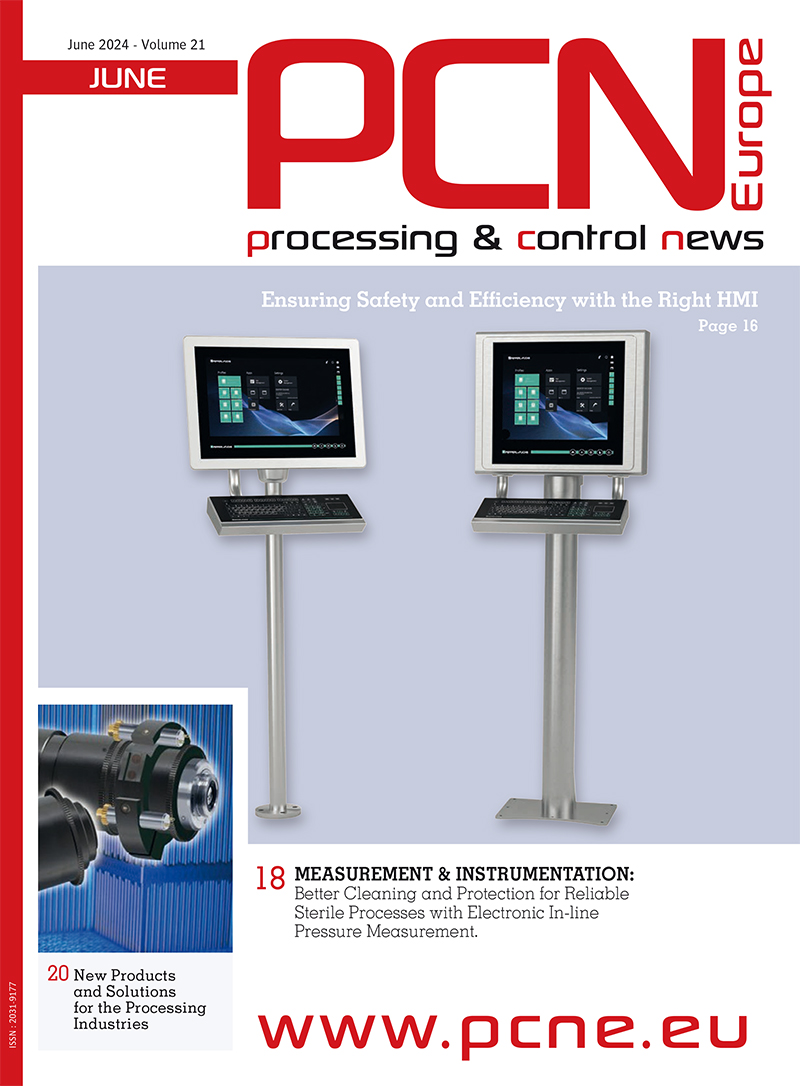The increasing use of wireless networks in process plants is providing new opportunities for operators to improve communications, reduce down time, and increase plant security and safety
Plant operators are facing many challenges as experienced workers retire and increased demands on plant assets are squeezing every last drop out of production, with little opportunity for downtime and maintenance. Add to this the problems of process unit expansions requiring control network extensions through live process areas and regulations calling for overall safety improvements. Plant security is also becoming a rising priority. All these issues need to be addressed with limited or dwindling budgets that challenge management to ‘do more with less’.
Necessity is the mother of invention, and wireless is the invention that enables solutions to all these pains and many others. Recognising the many process benefit opportunities inherent in wireless technology, suppliers have developed scalable, secure, reliable, standards-based wireless solutions that deliver results. The following examples illustrate how the innovative use of wireless in your plant can enable more productivity – the definition of doing more with less.
Problem Solving Assistance
When the plant’s most experienced field operators retire from your plant, they take with them an innate sense of how the process sounds, knowledge of the trouble spots that need more attention, and the depth of understanding that won’t be duplicated by their twenty-something replacement for years to come. In the past, the new and old operators would work closely together until the training is complete. Today, productivity demands on your team won’t allow time for that kind of mentoring.
Products are now available that put an HD camera on the hardhat of your trainee, a microphone at his lips, a headphone on his ear, and a simple touchscreen user interface that lets him dial up any expert in the plant (or anywhere in the world!) for problem-solving assistance. Instantly they share the same view and can tackle the problem at hand.
For example AudiSoft’s Frontline HD communicator is worn on the process field worker and sends audio and video via Wi-Fi to the plant’s network, where a software application in a PC receives the voice and video communication. Much like a web conference, a full conversation and information exchange can occur. High definition video frame pictures can be taken by the expert on the PC, marked up, and sent back to the field worker for visualisation.
Better and Easier Maintenance
Another example might be that the downturn in the economy caused the layoff of a round operator. This operator was formerly sent on known paths to listen for the tell-tale sounds of a motor or its pump that is about to fail. But with no possibility to hire a replacement, another solution is needed that doesn’t increase operating costs.
A solution could be the Smart Wireless Vibration Transmitter that is easily and quickly attached to the motor and pump. A pump health monitoring software package running in the maintenance workshop now directs your trimmed-down maintenance team to attend to those failing motors and pumps.
The battery powered 9420 Wireless Vibration Transmitter periodically wakes up and measures the overall and peak vibration of the motor and/or pump (and optionally measures the temperature of the bearing) and wirelessly transmits the vibration measurement values to an IEC 62591 WirelessHART Gateway or 781 Field Link and DeltaV Wireless I/O Card. From there the values are sent to a workstation in the maintenance workshop where the team can take immediate action or schedule appropriate maintenance.
Fibre is not Forever
Redundant wireless bridges have been installed in many process plants showing substantial savings compared with a fibre run. For example, Cisco hazardous-rated Wi-Fi access points can be installed in most plant areas and can communicate over a distance of several kilometres. Layered security ensures that communications are protected from hackers, disruption, or eaves-dropping. Simple!
Wireless Engineers can perform a front end engineering and design (FEED) study on site. This consists of a Radio Frequency (RF) survey and site assessment to determine the type and location of the Wi-Fi access points. They work with all the stakeholders in the plant to plan, design, commission, and train personnel on the wireless solution.
Safety is Number One
Safety mustering solutions such as the AeroScout MobileView Evacuation Manager put an active Wi-Fi RFID tag on every person in the plant. When an emergency occurs, every person is automatically tracked as they enter a mustering or shelter-in-place location. Now the Safety Manager instantly knows when everyone has mustered, and in which mustering station. If a full plant-wide location tracking solution is installed in the plant then unaccounted for personnel can be roughly located on a plant map.
The Location solution works by triangulating the position of the active Wi-Fi RFID tag through the Wi-Fi Mesh installed throughout the process plant. The Mustering solution works with tag exciters located in each of the mustering stations or shelters-in-place to precisely determine exactly when and where the person wearing the tag has mustered. Safety personnel monitor the process through an application that shows each of the stations and who is located within them, a tally of the un-mustered personnel and their location, and can generate reports for tracking improvement or meeting local re


